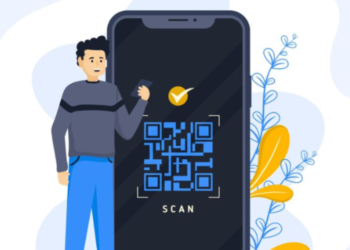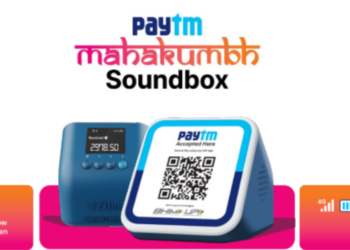The Indian population – and the economy – is no stranger to the internet. Each year, more people take to the internet, with rural India steadily contributing to the growth in digital penetration in the country. As per a report released by IAMAI KANTAR titled ‘Internet In India’, there is an extraordinary surge in Indian internet users in rural areas. As per the ICUBE 2021 study that the report is based on, there are 69.2 crore internet users in India. Of this, rural India accounts for 35.7 crores. Meanwhile, urban India stands at 34.1 crores with 69% penetration.
That’s not all. The report suggests that the number of people using the internet will not slow down anytime soon. It indicates that by 2025, India will have 90 crore, internet users.
Given the number of internet users, it is not surprising that more people are using digital channels to make financial transactions. The COVID-19 pandemic significantly contributed to the increase in digital transactions. With 23 crore people opting for digital transactions in 2019, India saw a 51% rise in digital transactions by 2021, hovering around 34.6 crore users.
Rise of Digital India
Government schemes such as Digital India and Skill India have also propelled the rise in internet users in India. The projects are focussed on increasing digital literacy in the country. Continued efforts by the Government to improve internet connectivity across India have also helped in this regard. For instance, BharatNet – a collaboration between Bharat Broadband Network Limited (BBNL) and the Government of India– focuses on bringing high-speed broadband connectivity to rural India. As part of it, 60 crore-rural Indians will receive access to the internet.
Despite numbers suggesting that Indians are actively taking to the internet, there is a gap that has long been ignored within the ecosystem. The internet ecosystem predominantly uses English as the medium of communication. And in doing so, it seemingly ignores a significant chunk of the population that does not use English as their primary language for official communication.
In the Indian context, an internet ecosystem that does not make way for easy vernacular adoption is turning a blind eye towards a large potential consumer base that prefers their local language to English.
Documenting the Indian internet ecosystem
Sample this, the population of India (as on October 13, 2022) is 163.8 crores. In comparison, according to a report by the World Population Review, India has a population of 26.5 crore that speaks English as a primary language or preferred language of communication for official purposes. The gap in numbers speaks for itself.
And it is in this regard that the Indian internet ecosystem demands diversity that hinges in no small part on vernacular adoption. Numbers also show that multilingual adoption of the internet is the need of the hour and the Indian vernacular internet is booming. According to a report by KPMG released in 2019, the internet consumer base is likely to be predominantly non-English speaking and from a non-metro location in India by 2030. The report adds that most digital consumers who have transitioned to online content consumption and transactions after 2016 are non-English speaking. And this segment is spearheading the consumption of local language content on the Internet ecosystem.
The report further suggested that English will continue to be crucial for social mobility, and regional languages will govern much of the media and entertainment consumption on digital platforms.
By 2030, the consumer base – preferring local languages to English – will also move to more active engagement, accelerating the need for a more diverse and inclusive Indian vernacular internet.
According to a report by financial services giant JP Morgan, India was already leading the app-based payment methods in 2019. And, The Global Payments Report 2022 by FIS reiterates India’s preference for digital wallets, observing that digital wallets contribute to 45.4 percent of e-commerce payments. The report also states that India also leads the volume of daily transactions, with an average of 70 million real-time daily payments. China follows with 43 million payments.
Bridging the vernacular gap
As one of the industry’s leaders in India, Paytm recorded Average Monthly Transacting Users (MTU) of 7.09 crore in Q4 FY22. Continuing its efforts to create a diverse and inclusive internet ecosystem, Paytm services are available in 11 languages – English, Hindi, Kannada, Tamil, Bangla, Odia, Marathi, Malayalam, Telugu, Gujarati, and Punjabi, allowing users to pick their language of preference. Read more about Paytm’s Soundbox devices that provide merchants with instant audio alerts in 11 languages.
The Indian internet ecosystem is unique in its demands and consumer behaviour and therefore warrants a tailored approach. Given the advantage of numbers that the Indian market brings, stakeholders would do well to work towards vernacular adoption and accessibility across platforms actively.







